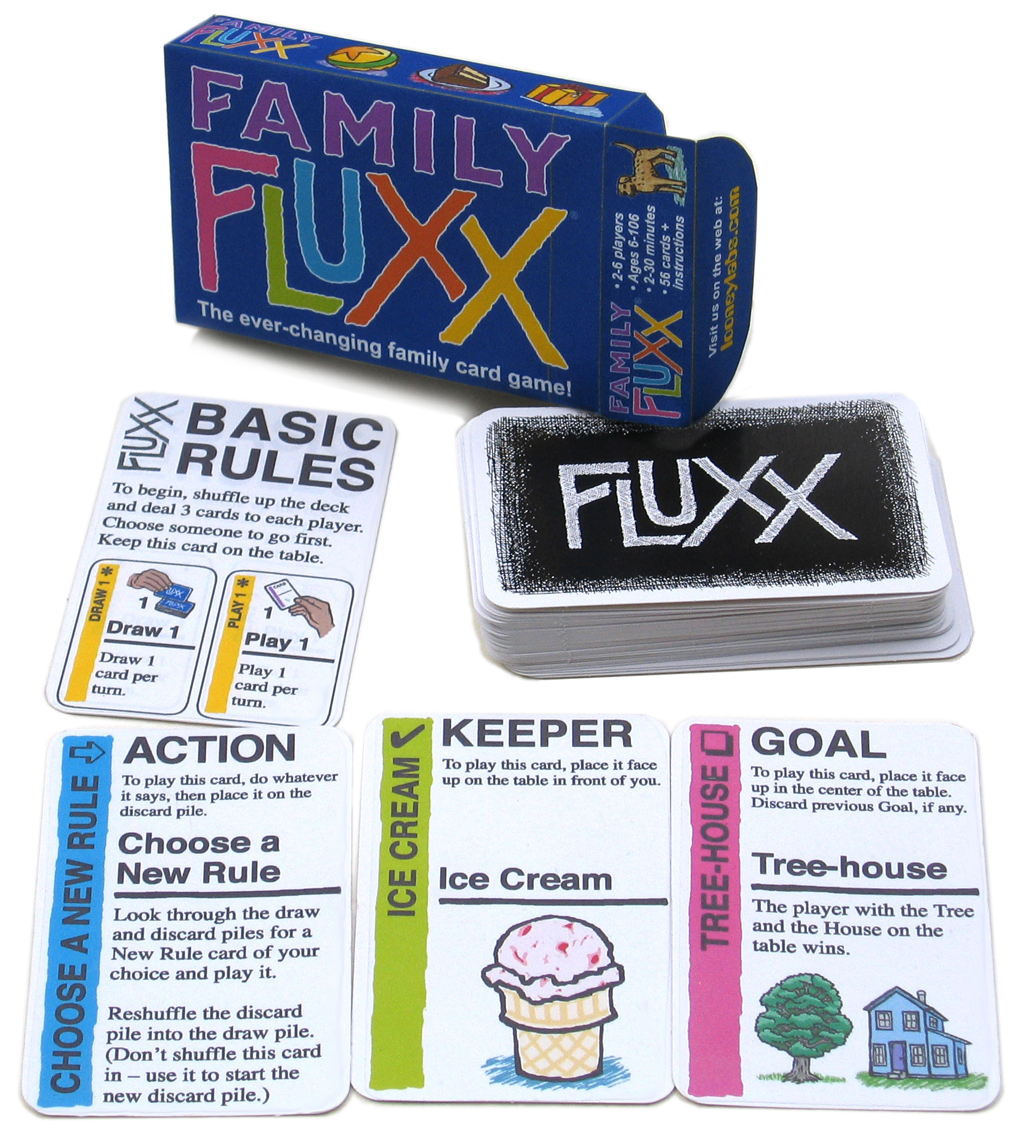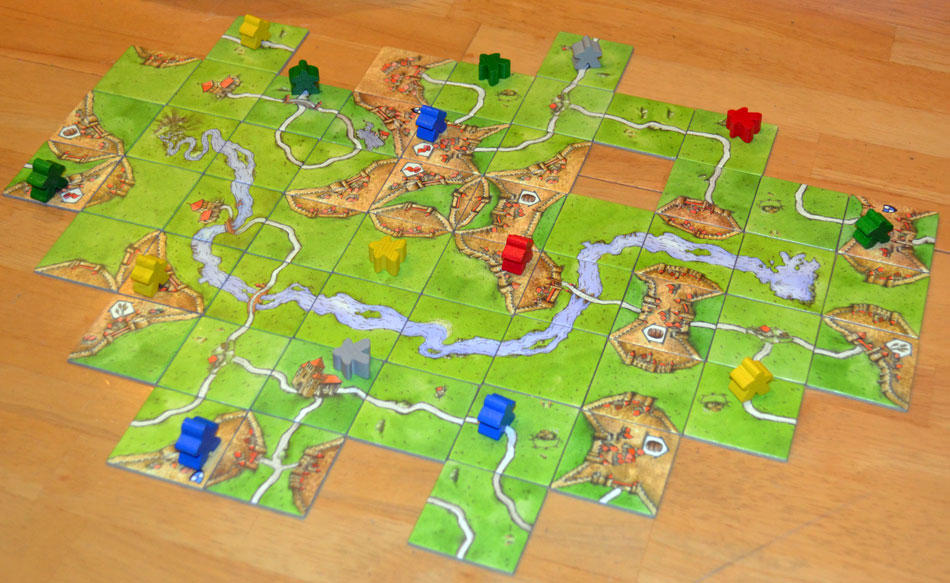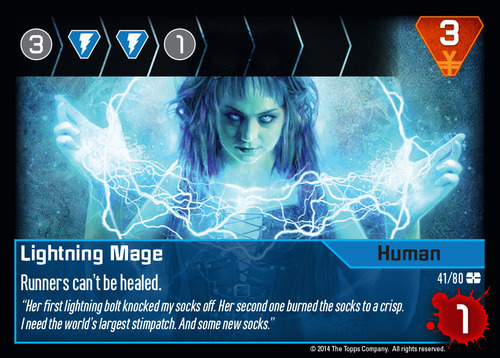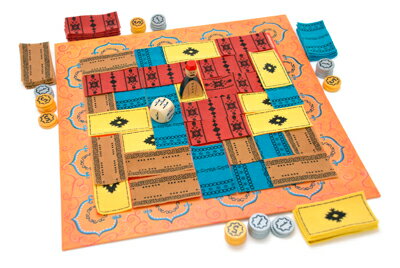
'What was that noise......aaaaaand I'm dead'.
Type: Strategy / Board / Dungeon Crawl
Players: 1 to 4
Players: 1 to 4
Time to explain to others: About 1 to 3 min
Time to play: About 15-20 minutes
Difficulty: To play 3/10, Game difficulty 9/10
Portability: Low (Loads of tokens and board tiles)
Overall: 9/10
Overall: 9/10
What a game this is, readers. If Pathfinder is a perfect card version of D&D (as it is effectively a V3.75, long story), this is its board game soul brother. You start with an adventurer and you advance into a cursed dungeon . You are on a timer, as the dungeon seals itself at sunset. You need to go in, revealing tiles as you go, all the way to the dragon hoard in the middle, steal some of it and make your way back.
Also you will die.
Loads.
Someone with better maths skills than mine has crunched the numbers. The probability of someone making it all the way back without dying is....
16%
That's it.
It is an unforgiving game. Some traps just flat out kill you about 2 out of 3 times. Many animals just pop out and give you about 70 percent damage in one go. Also the dragon in the middle is usually asleep.
Usually.
I have never seen the like. It is, however, amazingly fun. You do feel it in your core that the next revealed tile might (and probably will) be your last.
I have never seen the like. It is, however, amazingly fun. You do feel it in your core that the next revealed tile might (and probably will) be your last.
Rui's conclusion: A fast paced and unforgiving game. With a couple of adaptations (e.g. respawn) this might be a really great game for the uninitiated. Take 20 minutes and try and beat the dragon!














